I love my induction cooktop, but here are 5 things I wish I'd looked for before buying
Make life easier with these standout features
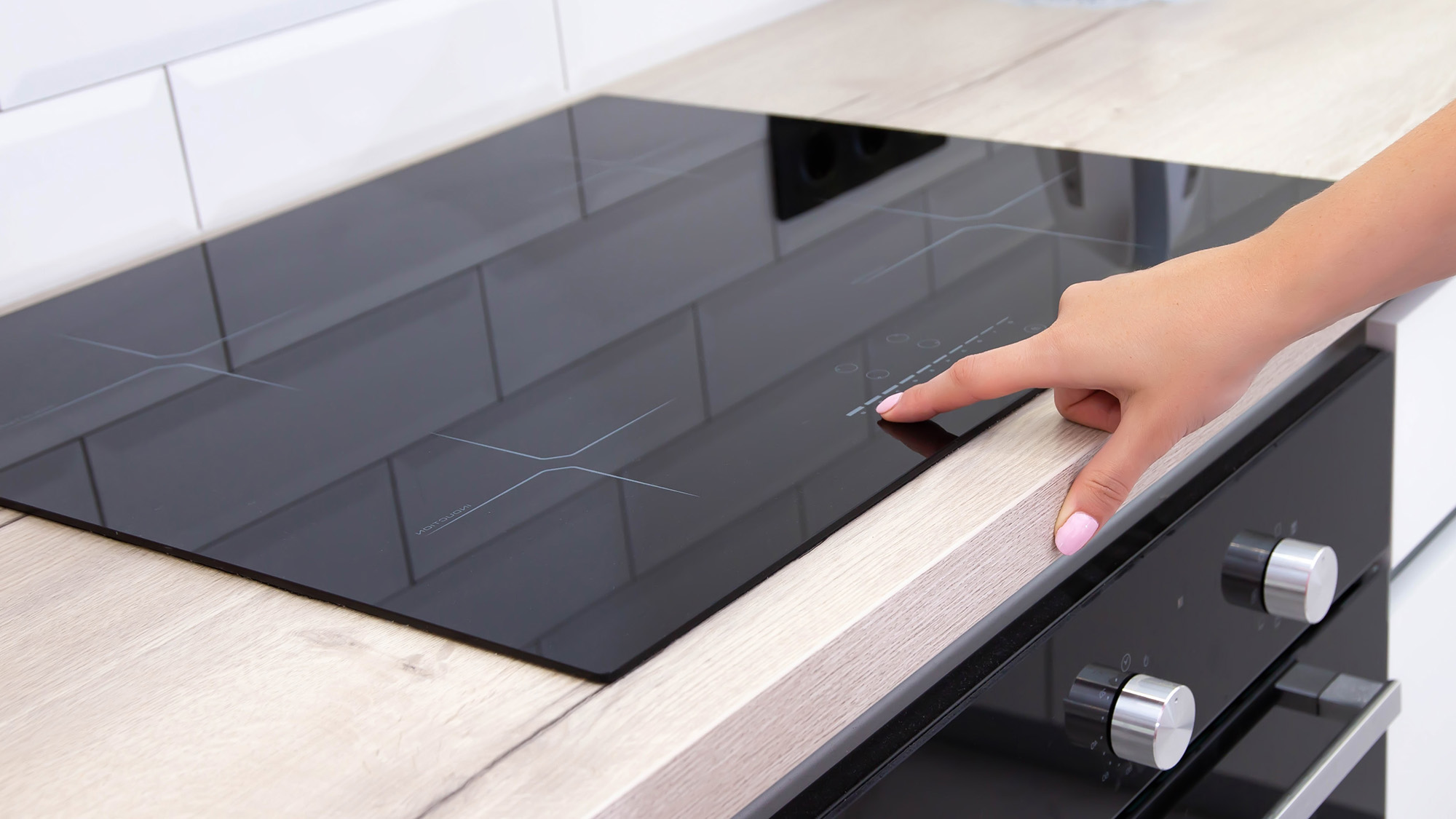
I absolutely love my induction cooktop. I made the switch to induction cooking in 2024 — and here's why I'm never going back, but there's definitely some things I've learned since buying my induction cooktop that I seriously wish I'd known before.
Put it this way: I was pretty naive as to what was available and turned my focus, almost entirely, onto the amount of cook zones and their placement. That's all that seemed important. And don't get me wrong, it absolutely is an integral part of your purchase and something I'm going to discuss further. But induction cooking is also so much more than that.
If you're considering buying an induction cooktop, here's the 5 things I wish I'd looked for while making my choice.
And be sure to take a look at the 5 mistakes I made when I switched to an induction cooktop — and how to avoid them once you've made the move.
1. Figuring out the size
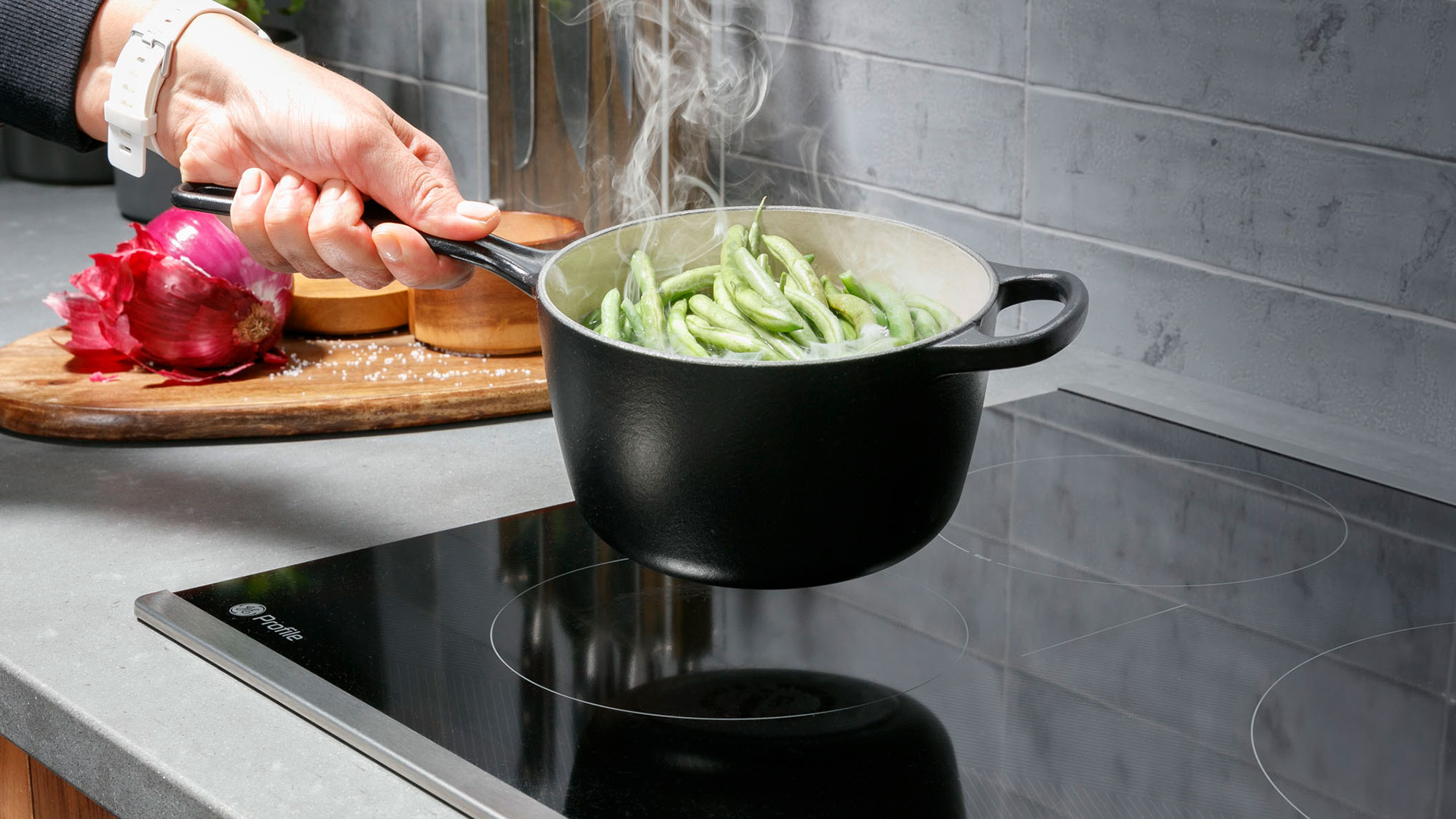
Induction cooktops come in a variety of sizes, so determining the space you have is by far the best first step you can take before looking to buy. The size changes the amount of features you can have, as well as the amount of cook zones and how they're configured.
Measuring up isn't just about using up every inch of space you have available though, it's also to determine if you really need to take up all that space. If you're happy with a couple of cook zones, you can opt for a smaller induction cooktop. But, if you want to maximize your cooking potential then make sure whatever you pick will fit.
Don't forget, you also gain space underneath an induction cooktop. So, thinking about where you want to put it and what you can put below it, like pots and pans, is also worth thinking about.
2. Amount of cook zones
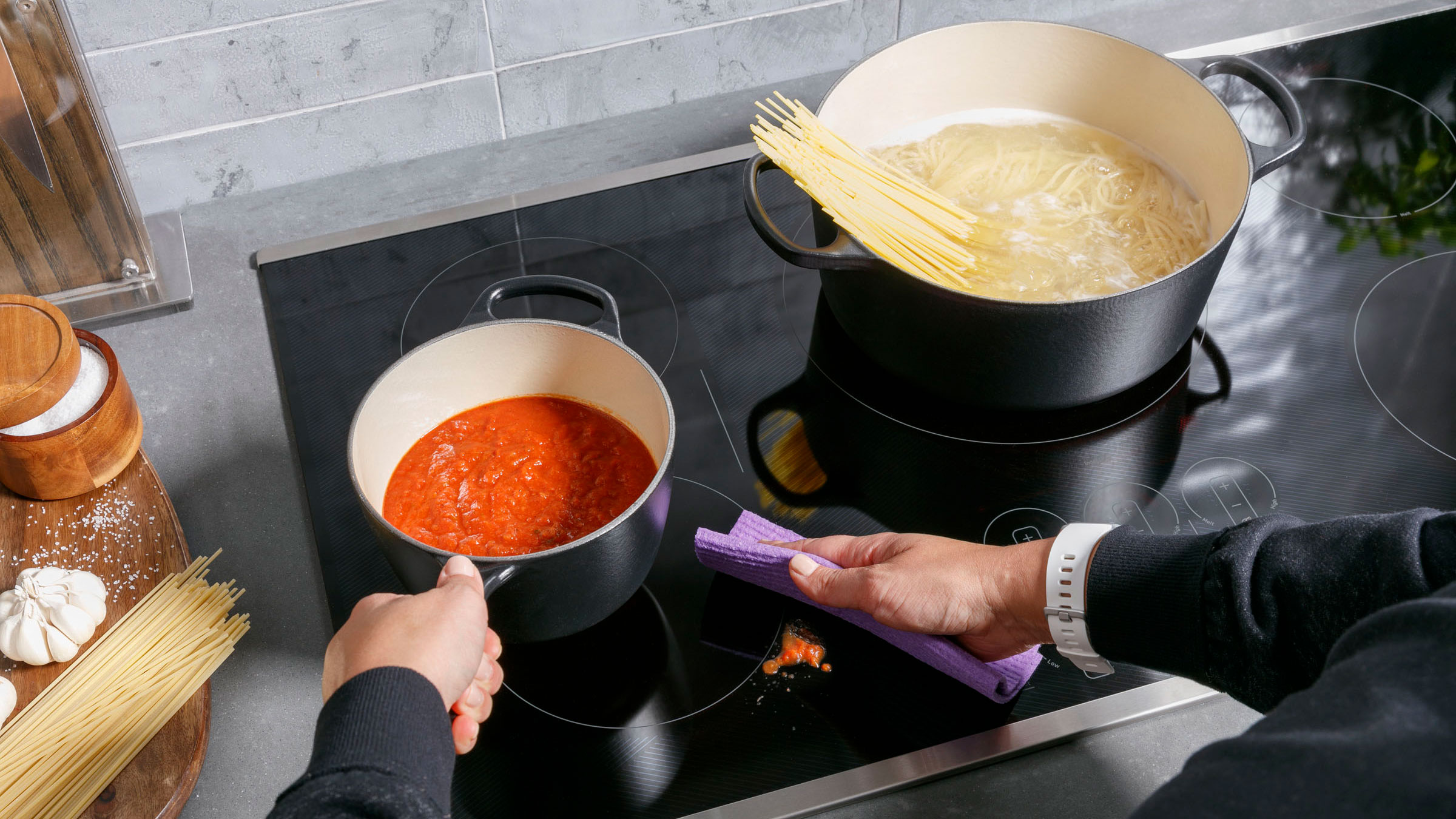
The beauty of an induction cooktop is the amount of cooking zones you can have, as well as how they vary in size. I opted for five different zones with the largest at the center and four smaller ones, varying in size, around it — and I'm really pleased with my choice.
No, I don't tend to use all five at once, but yes I absolutely have preferences for what I like to cook on each one. Your cookware varies in sizes and so do your cook zones. For the most efficient cooking, you learn to use different pots and pans on the best-fit zones.
So, while you may feel like there's a surplus of cook zones, I promise they are all important. Popular options for induction cooktops include two or four cook zones, but it's entirely up to you.
3. Safety first
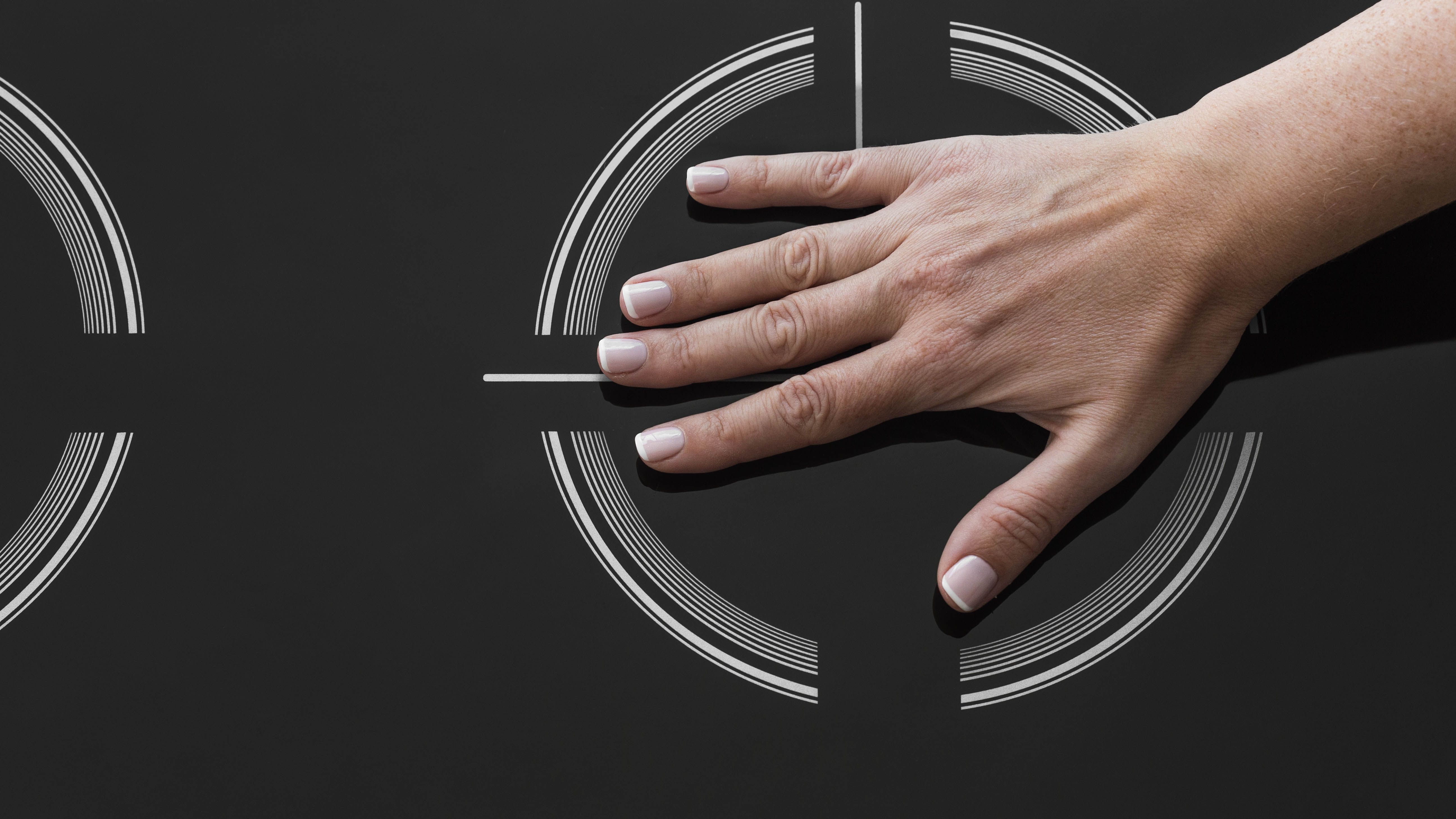
As a first time user of induction cooktops, I didn't realize just how many safety features are on offer — and when it comes to induction vs. gas cooktop, though you'll pay more for the privilege with induction cooktops, you'll gain added features that will keep you and your family safe.
The most prominent feature is automatic shut-off. If you leave your cooktop on without using it after a certain amount of time, it'll switch itself off using pan detection technology. Fortunately, every induction cooktop comes with this.
But there are additional safety features that you can look at adding, if they're important to you. These include overheat protection, integrated ventilation, a parental lock on controls, and compatibility alerts when using the wrong cookware.
4. Additional features

Depending on how much you're choosing to spend on your induction cooktop can vary the amount of additional features available to you. But that doesn't mean you have to spend a lot of money to acquire the one or two features you've got your eye on.
Some induction cooktops will include a timer, so you can assign a time to a specific cook zone, or all of them together. They may also include a boost feature, so when you want to get something heated up really fast, you can channel some extra power in a short burst. I especially love this feature for getting my water boiling to add pasta, noodles, potatoes or vegetables ready to then quickly simmer.
Finally, there's even some induction cooktops now that come with an app. That means you can control your cooktop without even having to get up and that is one very enticing feature.
5. Energy efficiency
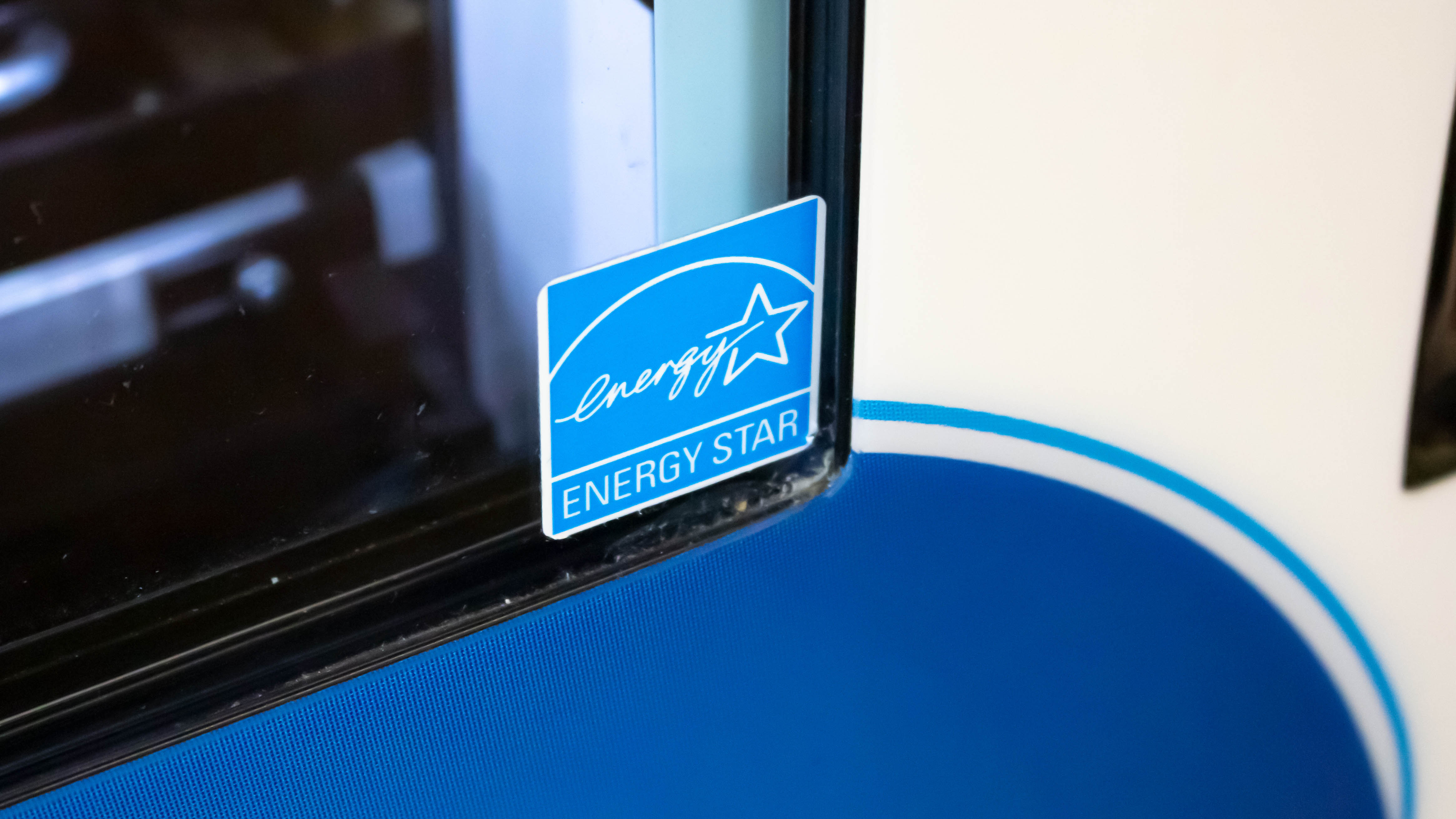
Induction hobs are considered to be one of the most energy efficient methods of cooking. If you compare induction vs. electric cooktops, for instance, Energy Star states that induction cooktops are roughly 5-10% more efficient — and that means you can save some money.
But, that doesn't mean all induction cooktops are as efficient as each other. If you're in the market for making the switch, do your research on the different energy efficiency across models and how much power they consume.
This will save you some cash after the initial outlay of buying the induction cooktop, which means more to spend on tasty ingredients to cook on it.
More from Tom's Guide
Sign up to get the BEST of Tom's Guide direct to your inbox.
Get instant access to breaking news, the hottest reviews, great deals and helpful tips.
Grace is a freelance journalist working across homes, lifestyle, gaming and entertainment. You'll find her writing for Tom's Guide, TechRadar, Space.com, and other sites. If she's not rearranging her furniture, decluttering her home, or relaxing in front of the latest streaming series, she'll be typing fervently about any of her much-loved hobbies and interests. To aid her writing, she loves to head down internet rabbit holes for an unprecedented amount of time.
You must confirm your public display name before commenting
Please logout and then login again, you will then be prompted to enter your display name.

